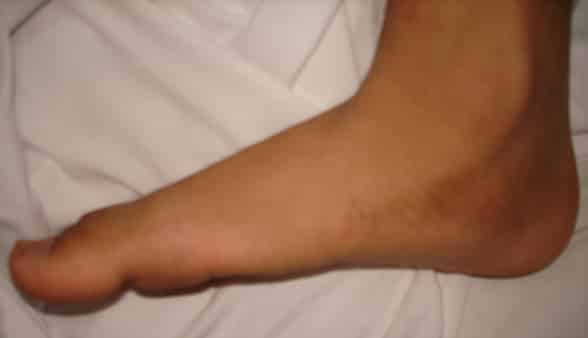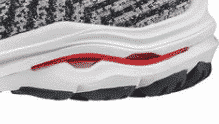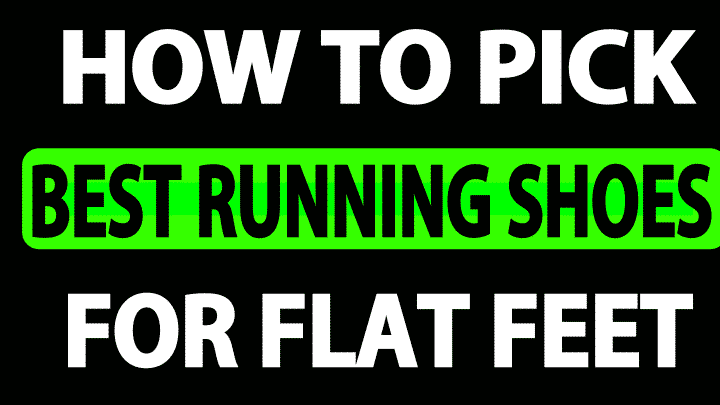|
Rather Listen to this article than reading? Please click below.
Getting your Trinity Audio player ready...
|
Olympic Lifting and Track & Field
Vancouver, Canada
Running is fun, be it road, trail, or track running. But when it comes down to selecting the best shoes for running, walking, or standing all day, the most common mistake made by modern runners is choosing the wrong shoe for their foot. Unfortunately, there isn’t much information available online or even in-store regardless you are in Australia, North America, or Europe, to make an informed decision. Lets explore which running shoes are the best for flat feet in 2021, or how to find out?
What Changed over the years?
Back in the day (before 1996) we (our generation from the “third world”) didn’t have that problem because wearing running shoes wasn’t mandatory to run in official competitions and we never faced overpronation, supination, plantar fasciitis, or other running problems. As running has evolved over the past few decades, so did the problems. I am presenting the information I use to select the best running or walking shoes for my athletes based on my 25 years of running and coaching experience. In a case of severe deformity, I strongly recommend seeing a podiatrist aka foot doctor.
Why not go for only the look of the shoe?
In our ITC International Running Groups, I have athletes ranging from high school, professional athletes, recreational to masters athletes. And athletes train for events ranging from 800m to the Marathon. The most common question every runner asks me is, “How do I buy a running shoe or What do I look for when buying a running sneaker?”. Buying a running shoe is the most important decision anyone makes whether you are choosing the shoe for standing all day, walking, or running. These are the qualities we look for in a shoe; it is not the look, the feel, or price of the shoe, it is the functionality of the shoe according to your foot and your running gait.

What do I look for in a running shoe especially for a flat foot? This would be one of the biggest segments we will cover in the coming weeks and do check out our other posts regarding track and field and Tokyo Olympics 2020 predictions.
1. What Shoe Brand Should I Buy For My Flat Feet?
Although there are numerous brands such as Adidas, Brooks, Nike, New Balance etc., making running shoes with the claims of making you run faster, new technology to break records, fiber plates, etc., yet most of them fail to resolve running problems. You may like one brand over the other but not necessarily that brand is making shoes that are good for you. What brand do I use and what brand do I recommend my athletes with a flat foot, we will talk about that in some other post.
2. Arch Support of a shoe
The most important factor when choosing a running shoe for a flat foot is the arch support that particular shoe provides. Since the public is so excited to see fast times, records getting broken, the companies are not making enough shoe models that have arch support. Be mindful of the fact that the arch support does not simply mean the shoes have heel support all around. Take a look at this example where the support exists on the inner part of the shoe but not on the outer part.


A fallen arch in the foot requires arch support but not at the cost of heel drop. Now, what is a heel drop?
3. Heel Drop of the shoe
In layman’s terms, heel drop is the difference of height between the forefoot and the heel. Now you must be thinking, How do I calculate heel drop, and which heel drop is good for me? From within the shoe, we measure the height of the forefoot part of the shoe and then the height of the heel. Then, the height of the forefoot is subtracted from the height of the heel; the remaining number could be anywhere from 0-12 with 0 representing no heel drop and 12 the highest heel drop. Nowadays, most high-end running shoes tell the heel drop.
What does heel drop do? It may cause and prevent injuries. What kind of injuries? Achilles tendinitis, calf injuries, knee injuries, Illiotibial (IT) Band injuries, etc. The next question arises, what heel drop is good for me? That is a separate topic which we will cover in the next post. A general rule of thumb is that for fast races, you use a lower drop shoe and for longer races, you use higher drop shoes but again that is dependent on your running gait. For example, a runner with a knee injury may need to temporarily switch to a lower heel drop and a runner with an Achilles injury may need to make a temporary switch to a higher heel drop. The runners with conditions like Osteoporosis would need different diagnosis for their running shoes requirements.
- World Athletics Championships 2025 Tokyo Qualification Standards
- Dubai Marathon 2024 result
- Cam Levins runs 2.05.35 Canadian National Marathon Record at Tokyo Marathon
4. Shoe Insoles
As the saying goes, use it or lose it. If we do not strengthen our foot, we cause other problems such as Plantar Fasciitis.
As the saying goes, use it or lose it. If we do not strengthen our foot, we cause other problems such as Plantar Fasciitis. Share on X
The biggest factor is that as we age, our arch falls. To help prevent the issues caused by the fallen arch, insoles are becoming famous. Instead of selecting the shoes for flat feet, the use of insoles is seen as a shortcut. Certainly, the use of insoles helps but it is not the replacement of a good shoe. Sometimes the athletes may need both a shoe with good support and an insole in the shoes, especially for young athletes and master’s athletes because not having enough support may cause Genu Valgum aka Knock Knees. So, rather just going by someone’s recommendation or review of the shoes, it is good to know how to find out which running shoes are the best for flat feet.
*disclaimer: All information, advice, opinions in this article is for informational purposes only. No products are being endorsed and the reader or viewer is free to make the choice as desires.



good information